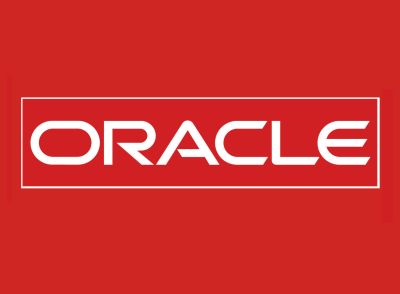Oracle Exalytics Exits Experimental Stage

Oracle’s in-memory Big Data analytics appliance, Exalytics, has now moved out of the testing stage to reach GA status
Exalytics, Oracle’s new in-memory Big Data analytics appliance that moves “at the speed of thought” (chief executive and co-founder Larry Ellison’s words), on 27 February graduated from theory to GA status in the Oracle product catalog.
Oracle had introduced Exalytics last October at Oracle OpenWorld to go with its Exalogic cloud-systems server and its Exadata storage server. Although it has been testing for several months with an undisclosed number of customers, Exalytics now has been sanctioned as a ready-for-prime-time product.
‘Speed of thought’
Exalytics is a fast-moving DRAM (dynamic memory) and NAND flash-based, large workload-type analytics server that runs everything in memory on its own software or that of batch analysers Apache Hadoop or EMC Greenplum.
“This really is what we consider ‘instantaneous in-memory response’,” Ellison said about the appliance in his OpenWorld keynote on 2 October. “You cannot get any faster than this. The Essbase analytics are tuned specifically for in-memory processing. These things work basically at the speed of thought.”
 Oracle claims the Exalytics appliance can scan and analyse a billion or more records at a time.
Oracle claims the Exalytics appliance can scan and analyse a billion or more records at a time.
The appliance is really a fast-to-begin-with Oracle Sun server that’s been reconfigured with all solid-state memory and storage. It’s comprised of a Sun Fire X4470 M2 server, which is a four-socket, 3U-size box running Intel’s multicore (in this case, 10 CPUs) Westmere-EX Xeon E7-4800 chips. As such, it features 40 processors. Each box can store an impressive amount of 5TB to 10TB of deduplicated, compressed data in memory.
The real improvement begins with its solid-state brains: a full 1TB of DDR3 main memory and six more flash disk drives packed onto the chassis. It features 40G bps Infiniband connectivity with optional 10GbE ports.
Oracle’s parallelised TimesTen relational online transaction processing (OLTP) and Essbase parallel online analytical processing (OLAP) databases are what processes the Big Data workloads. Oracle recently updated TimesTen for the first time in three years.
Faster response time
The TimesTen In-Memory Database for Exalytics also is available for Oracle’s Exalytics In-Memory Machine as an application-tier in-memory database cache. This new release enables Oracle Business Intelligence Foundation Suite, which comes with it, a 20-times faster response time improvement for visualisation and up to five times more data to be stored in memory with advanced columnar compression capabilities, Oracle Product Manager Vasu Murphy told eWEEK.
On the management side, Exalytics has something called “heuristic adaptive in-memory caching” that calculates what data is best stored in-memory for overall best performance, and adapts to changing workloads, Murphy said. Unlike other appliances or in-memory tools, Oracle Exalytics does not constrain applications only to data that fits in-memory, but also leverages connected databases, data warehouses and OLAP sources.
More than 80 Oracle BI and Oracle Hyperion performance management applications are currently available for use with Oracle Exalytics – and no application changes are required. These include all horizontal Oracle BI applications, such as Oracle Financial Analytics, Oracle Human Resources Analytics, Oracle Sales Analytics, and Oracle Procurement and Spend Analytics, among others; and Oracle Hyperion Planning, for planning and forecasting.
Because Exalytics is an open-standards system, it supports Oracle and a high number of third-party enterprise data sources in heterogeneous IT environments, Murphy said. It can access and analyse data from Oracle or third-party relational, OLAP or other data sources including IBM DB2, IBM Netezza, Microsoft SQL Server and Analysis Services, SAP Business Information Warehouse (BW), Sybase Adaptive Server Enterprise (ASE), and Teradata Warehouse, among others, in any combination.
The Exalytics hardware lists at $135,000 (£85,000), but that’s not taking into consideration software licensing, service and maintenance SLAs. Go here to download a whitepaper on Exalytics (PDF).
How well do you know the cloud? Take our quiz!